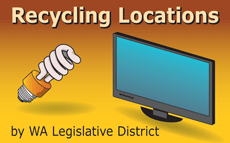Signed into law Oct. 15, 2017 by Governor Brown, SB 258, the Cleaning Product Right to Know Act:
- requires "a manufacturer of a designated product, as defined, that is sold in the state to disclose on the product label and on the product’s Internet Web site information related to chemicals contained in the designated product"
- authorizes "a manufacturer to protect certain chemicals from...

